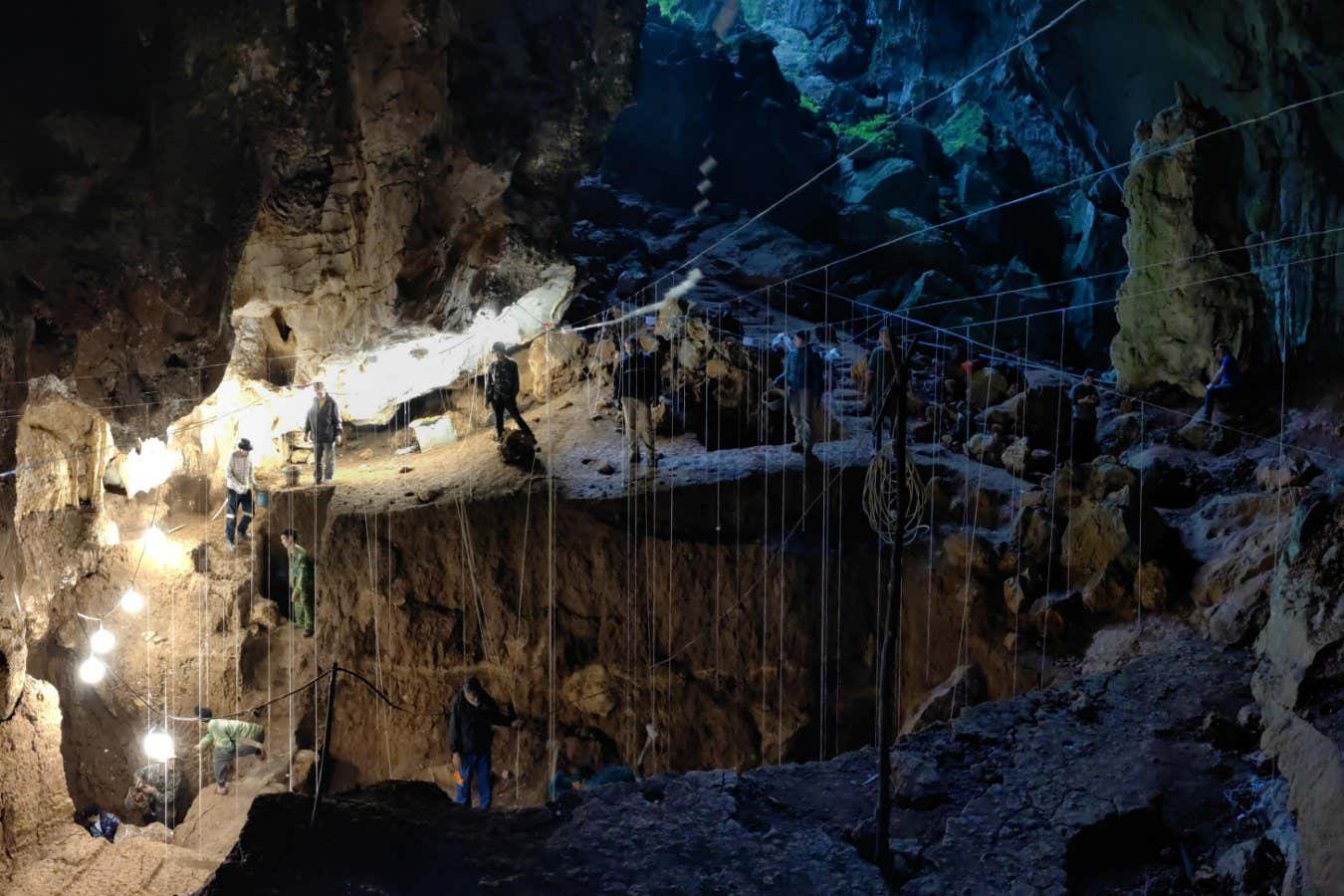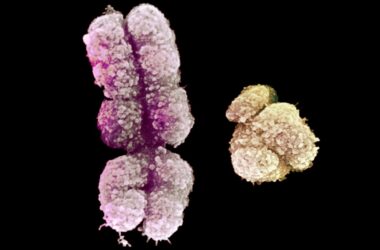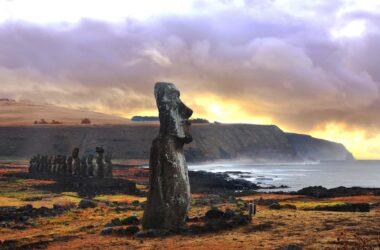Tam Pà Ling cave in northern Laos, where several human fossils dating back tens of thousands of years have been found
Fabrice Demeter
Fossils recently discovered in a cave in Laos provide the earliest evidence of modern humans in mainland South-East Asia. The uncovered bone fragments, believed to belong to Homo sapiens, may date back 86,000 years, offering new insights into the migration of our species from Africa to Asia.
Since 2009, several modern human fossils, ranging from 46,000 to 70,000 years old, have been found in Tam Pà Ling cave in north-east Laos. Fabrice Demeter from the University of Copenhagen and his colleagues have now added two more fossils to the collection.
“One of my colleagues in Laos saw what we initially thought was a large piece of stone,” says Demeter. “When we removed it, I realized that it was white. That’s when I knew it was a piece of bone.” Further analysis revealed that the fossil was a small fragment of a human skull. The researchers also discovered a piece of a human shinbone, also known as tibia.
Using radioactive isotopes to date the sediment surrounding the fossils in the cave, the team estimates that they are between 68,000 and 86,000 years old. “In mainland South-East Asia, this is the first time we’ve found such ancient specimens,” says Demeter.
These findings suggest that early modern humans traveled to South-East Asia earlier than previously believed. Previous estimates put this migration at around 50,000 years ago, with these humans leaving Africa and eventually populating other parts of the world, including Asia. Most people alive today are descendants of these early humans, except for Indigenous Australians who may have left Africa even earlier.
“Now that we have fossils dating back closer to 80,000 years, it indicates that there were multiple migrations out of Africa,” says co-author Laura Shackelford from the University of Illinois Urbana-Champaign. She explains that genetic data suggests most earlier migration attempts failed. The fossils discovered in Tam Pà Ling could potentially belong to the ancestors of Indigenous Australians, whose remains found in Australia date back much earlier than 50,000 years ago. However, more research is needed to confirm this.
“The origins of modern humans continue to be a highly debated topic in paleoanthropology,” says Christopher J. Bae from the University of Hawai’i at Manoa. “This study clearly shows that modern humans were present in the region earlier than initially thought.”
Topics:








